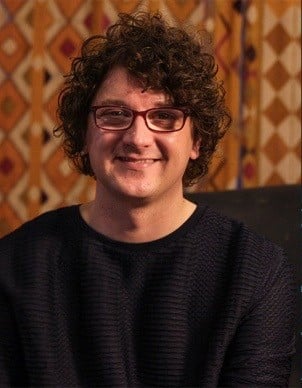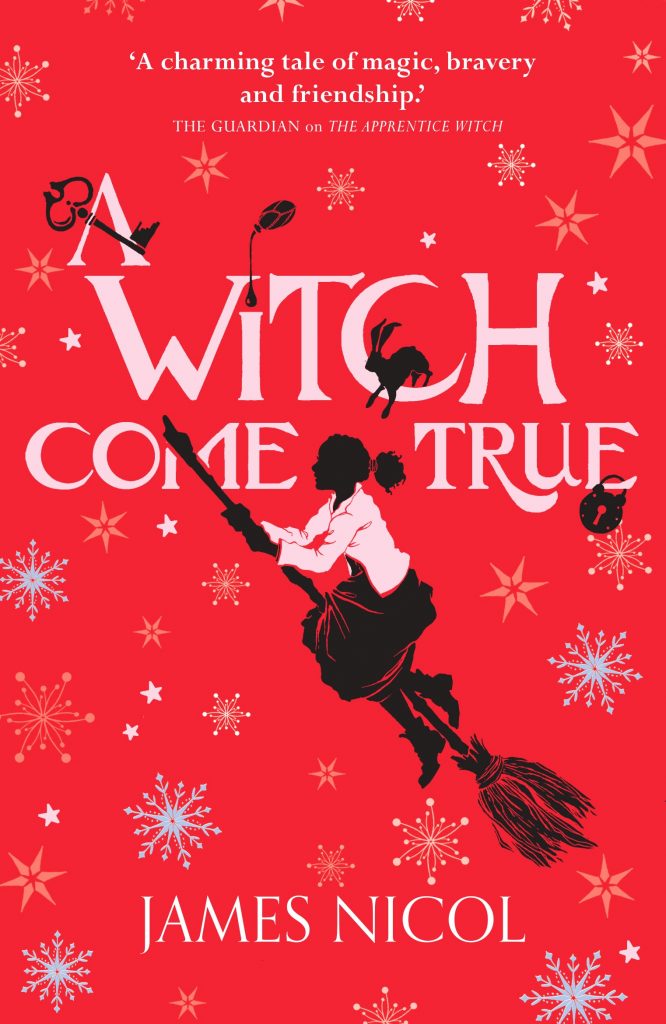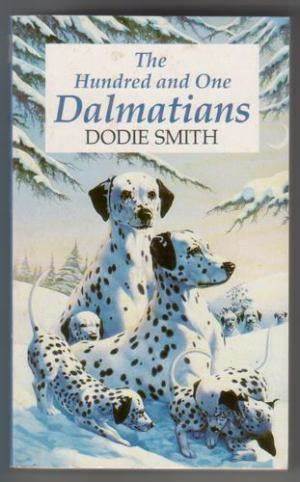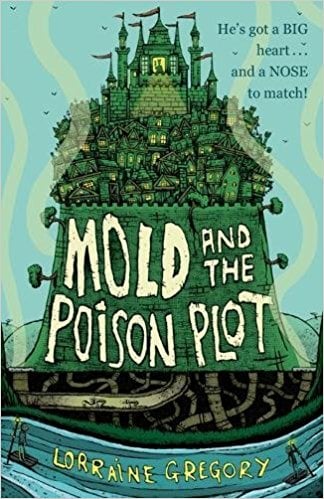James Nicols is the author of The Apprentice Witch, A Witch Alone and A Witch Come True. Here he talks about the final book in his wonderful trilogy, his favourite books and his top tips for budding writers…

Without giving too much away, can you tell us a bit about your new book A Witch Come True? What new adventures can we expect for Arianwyn?
Oooh that’s tough, but Arianwyn is faced with a host of strange winter traditions she’s not familiar with for a start and there’s the mystery surrounding Gimma and the council of elders still troubling her. And then in the midst of all this someone very dear to Arianwyn is abducted…!
What were your feelings about writing the final book in the trilogy? Was it like saying goodbye to old friends?
Oh it’s a real mixture – there’s huge excitement that the three books are done – I wrote a trilogy! But a touch of sadness. Wyn, Salle, Colin and Bob have filled my life pretty much since 2012, so leaving them does feel a bit strange. But, I’m pleased with how we leave things at the end of the third book. And I might go back and visit them again sometime – I don’t feel like I’ll never see them again. It doesn’t feel entirely like goodbye to me.

Cover and inside illustrations by Daniela Terrazzini
What would you say the main themes in your stories are?
Friendship is a huge theme in all three books, as is triumph over adversity and self-belief. Arianwyn, like all of us, has peaks and troughs in her self- confidence throughout the series. Just when things improve in one part of her life something else nose dives! Poor Wyn – I’m such a mean author! There are misunderstandings with friends and family and misplaced trust. Oh and snotlings – are snotlings a theme do you think?
This slideshow requires JavaScript.
As a child, I loved The Worst Witch by Jill Murphy and Gobbolino the Witch’s Cat by Ursula Moray Williams. Did you read stories about witches and magic when you were younger?
Yes of course! They were some of my favourites too. The Narnia books and Earthsea series were also very special to me, they were my shield and escape from the real world. Where I grew up in Norfolk there were also tons of legends about witches as well – so I t feels like there were always going to be witches in my stories in some way.
What does a day in the life of James Nicol look like when you’re writing?
Its very glamorous indeed! It always starts with a walk with my dog, Bonnie, and then I usually write in bursts of 45 minutes to an hour and then take a 10 – 15 minute break to get up and move, do something else for a bit and then go back to it. Another quick walk at lunch time – writing isn’t a very active profession (except for your fingers!), some lunch and maybe a bit of reading, or watch a bit of TV or listen to the radio – then back to the writing for the afternoon in 45 minute bursts again. During the winter, it’s time for another dog walk sometime between 3 and 4, so its not too dark, and then more writing or admin (there’s lots of that too!) until 5.30 or 6pm. I’d love to pretend I stop for cocktails or have long lunches with my agent or my glamorous writing friends – but that’s only really in films!
Do you have a favourite part of the writing process? Do you have a least favourite part?
I never thought I’d say this but it’s the editing part that I love the most! I do love my first draft – well I like having a first draft – the actual process of getting it all down on paper (or onto the laptop) can feel quite a torturous slog at times. So, once I start to edit – either from my own notes or from my agent or more usually my editor – that’s when it starts to get fun for me. I like the having something to work on and pull apart much more than filling in the blank space at the start!
What did you edit out of this book? Why?
Not as much as I edited out of the second book! Editing should always be about sharpening and improving and highlighting and building on the strengths of the story. Helping to develop character or plot in some way. Helping the reader to fill in the blanks with their own imagination or clarifying something for them. I think with A Witch Come True it was mostly making sure description wasn’t getting in the way of the story moving along – but my editor might tell you another story!
With the conclusion of the series, what have you got planned next?
I’m working on something at the moment but really can’t tell you anything about that – yet! I think I’ll always write books that have magic in them though – so you can rest assured that whatever comes next will be full of magic too! I’m also busy planning my little promo tour for A Witch Come True as well as some other projects which again are a bit top secret at the moment! But watch this space.
As a teacher, I’m always interested in an author’s point of view about inspiring a love of reading and writing in our children…

What are your earliest memories of reading and writing?
The very earliest would be story books at home: The Giant Jam Sandwich, My Naughty Little Sister Goes Fishing and There Was An Old Woman who Swallowed a Fly stick out in my memory most of all. But, later on I was relegated to a slow readers’ group at primary school (the shame!). It wasn’t that I couldn’t read though, but our reading schemes left me cold and were never going to make a reader of me, I don’t think. It was when my Nana gave me a copy of The Hundred and One Dalmatians by Dodie Smith that everything changed for me.
Did you have a favourite story when you were younger?
I loved fairy stories – those Ladybird favourite tales were a huge part of my childhood. I remember discovering the Meg and Mog books at school and loved those as well and then later as a more confident reader, the Narnia books. When I read The Lion, the Witch and the Wardrobe, I felt like that book had been written just for me!
What advice would you give to teachers about how to develop reading for pleasure in their classrooms and schools?
It’s all about choice; being able to choose your own book is a powerful thing. Also, not labelling or judging reading choices – the adults we respect hold great power in terms of approval! Encourage curiosity in readers, try something and if you don’t like it – fine. You don’t have to finish it – pick another, there are millions of books out there just waiting for you to discover them. I think its also that readers know the very important part they play in bringing the stories to life, their imaginations add so much to what is written, and without the reader the book is just a thing, an object. But add the reader and BANG – 100% pure gold magic!
How would you envisage teachers using your book in their classrooms? Do any activities or ideas spring to mind?
I appreciate that a book on witches isn’t going to obviously spring to mind in terms of lesson planning and something historical or with a strong science theme etc might be more obvious. But there are lots of elements wrapped up in the series, including inspiration from legends and history about real witches and nods to the 1930s and 40s in terms of the imagined time period of the book.
Ultimately though it is a work of creativity and being free to imagine and create is amazing and useful in all areas of life.
Children are always fascinated by authors and seem to always want to know where they get their ideas from. So, on behalf of all the children I’ve ever taught, where do you get your ideas and inspiration from?!
A friend did suggest recently that the ideas actually all come from my dog, Bonnie – but that’s just a vicious rumour with no truth behind it whatsoever!
Ideas spring from everything and everywhere: it can be something heard on the radio, a painting of photograph, a line from a poem or other book or just a location – perhaps even a fleeting glimpse of a view from a train window. The key is to be ready when the ideas strike – you can bet they strike less often sat at your desk or computer when you are ready to do the writing! So, always have a notebook or some way to record your idea or inspiration when it appears.
What advice would you give to children who say they don’t like reading?
I honestly think there is a book out there for everyone. It might not be a novel, it might be a book of poetry, or a cookery book. The book that hooks you in could be a graphic novel, or it might be in another language or maybe not even written yet! But keep looking and keep exploring because whilst you’re looking for that one perfect book you’ll encounter many other amazing ones too.
What advice would you give to any budding young authors?
- Don’t pinch ideas from your dog!
- Write the story you would most like to read.
- Be bold and imaginative and creative in your writing.
- Read your work back to yourself out loud and see what needs to be changed.
- Be ready to be inspired by any and everything and make lots of notes!

Apart from your own book, is there another book or author you would recommend to children that you’ve enjoyed recently?
I’m very excited to read new books by two really good writer friends. Vashti Hardy has a new book out in May and from what I’ve seen of it it’s going to be wonderful! And Lorraine Gregory who wrote Mold and the Poison Plot has a new book out (also in May) called The Maker of Monsters and it is brilliant. I got to read it before Christmas and it is adventurous, a bit scary and full of wonderful characters and monsters!
Finally, can you describe your new book A Witch Come True in three words?
Oh that’s too easy – my lovely publishers already do that for me on the back of the book! “Spellbinding – Charming – Adventure” – what more could you ask for!


